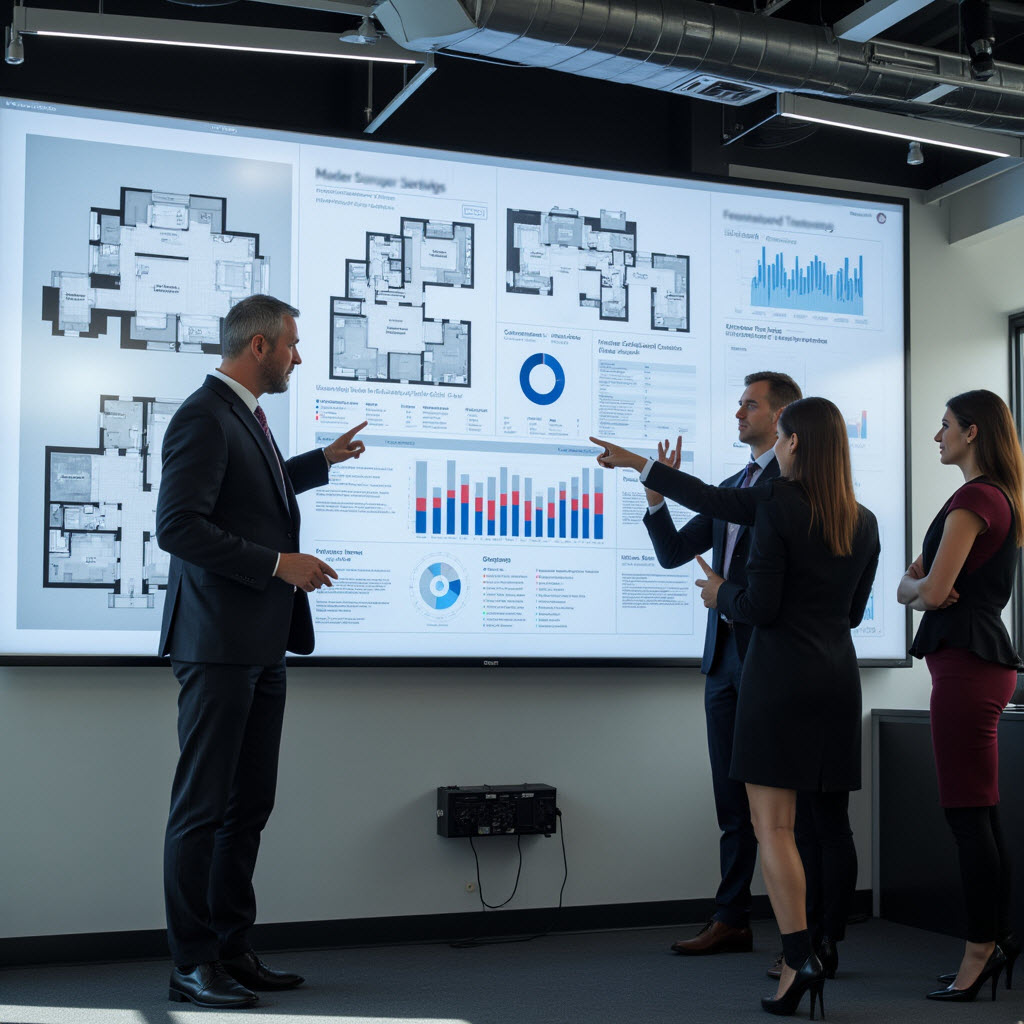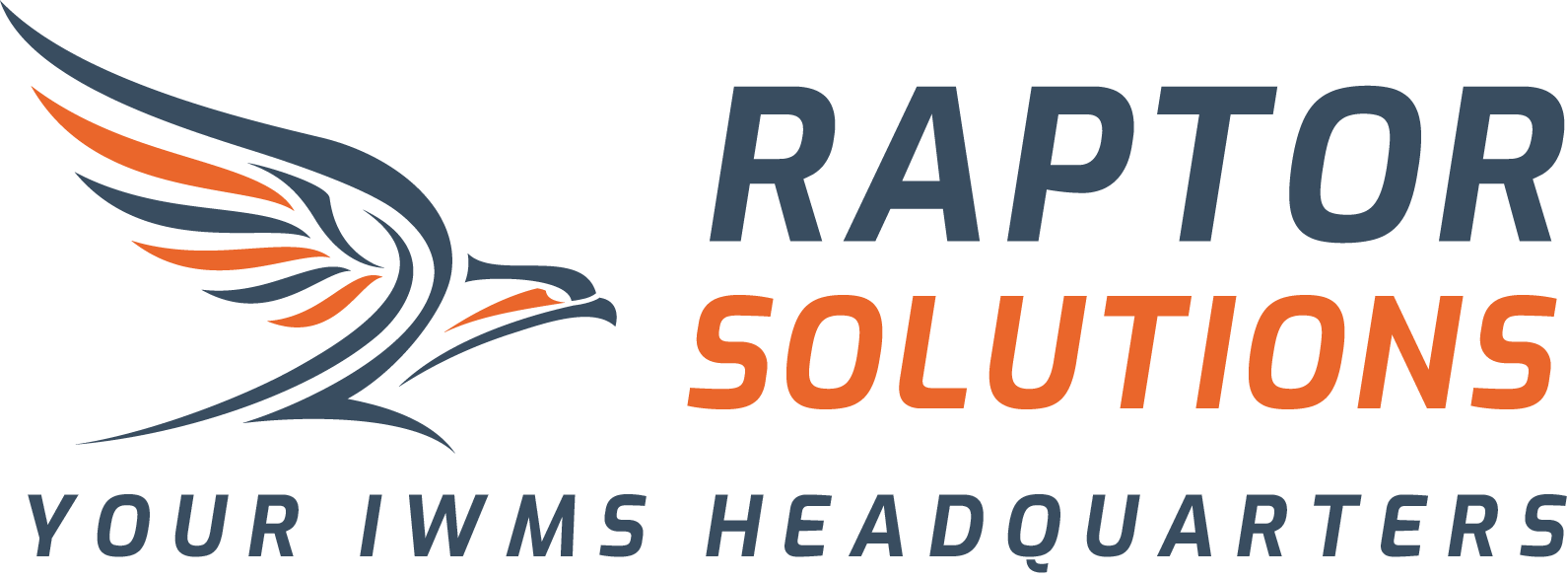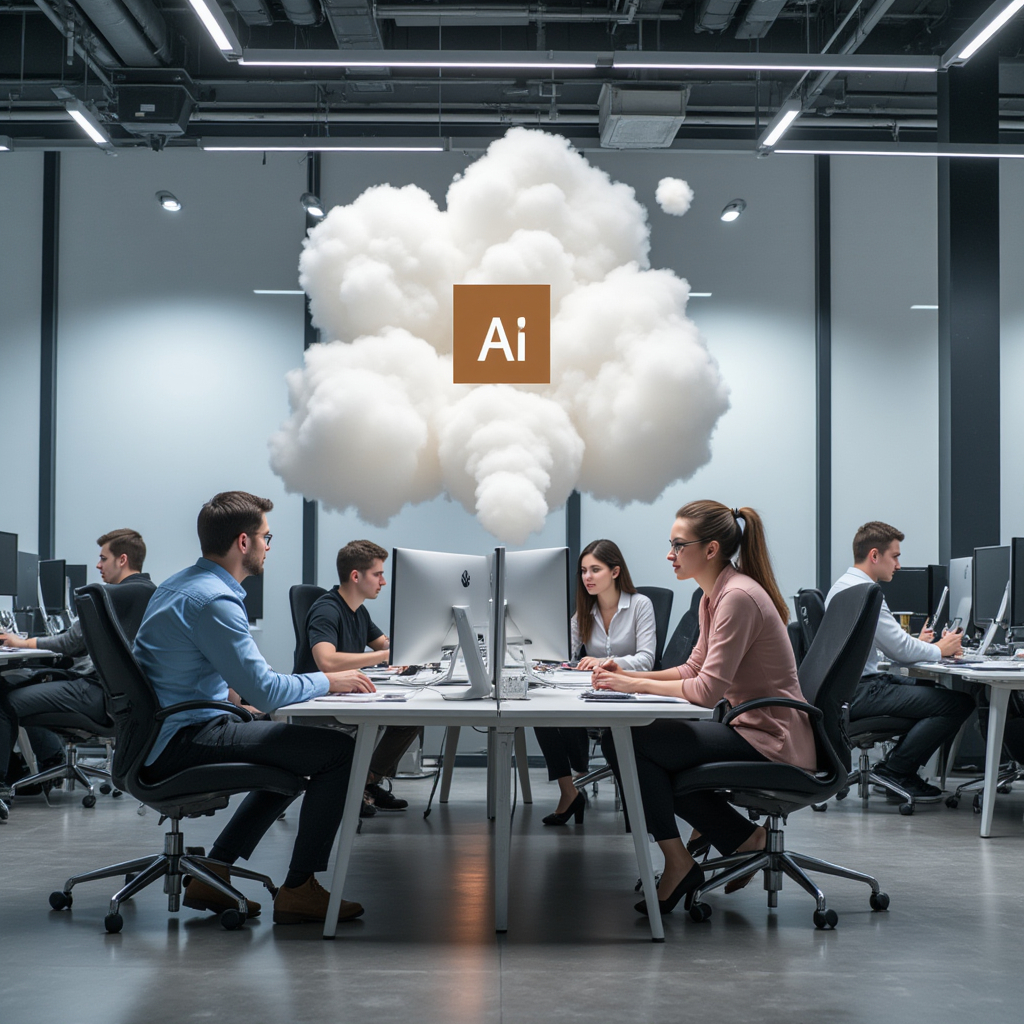Artificial Intelligence (AI) is revolutionizing industries worldwide; the fields of Computer Aided Facilities Management (CAFM) and Integrated Workplace Management Systems (IWMS) are no exceptions. These systems are traditionally focused on optimizing Space Management, Asset Management, Move Management, Facilities Maintenance and Room Scheduling / Booking.
AI will undoubtedly play a role in many of these critical areas in the very near future. Between the Predictive Analytics, Automation Capabilities, and Decision-Making Insights, AI will become a partner in the ever-changing CAFM / IWMS world. By integrating AI, CAFM and IWMS platforms can enhance operational efficiency, improve user experiences, and support strategic decision-making like never before.
The next decade will witness AI transforming CAFM and IWMS systems by leveraging technologies such as Machine Learning, Natural Language Processing, and Computer Vision. From Predictive Maintenance to real-time space utilization and sustainability analytics, AI-powered features promise to reshape how facilities and workplaces are managed.
Below, we explore the top expectations for AI in CAFM and IWMS over the next 3, 5, and 10 years.

Next 3 Years: Immediate AI Advancements
The future is now as they say. There are already AI advancements in place within many software solutions, iOT (Internet of Things) sensors, and assets. Learning how to leverage AI further to make better decisions will be a critical element to the facilities professions in the coming years.
Here's what we are seeing in place and on the very short horizon.
Predictive Maintenance Optimization
AI will enable real-time monitoring of equipment and systems, predicting failures before they occur to reduce downtime and maintenance costs.
Scenario:
AI has evaluated the other similar systems and their failure details and noticed that this system is mirroring those. It automatically sends an email to the Facilities Management team of that facility letting them know that the HVAC system is likely to fail in the next few days. It provides the reasoning behind the alert in the email. The Facilities team takes preventative action and is able to correct the issue while the unit is still under warranty.
Enhanced Space Utilization Analytics
AI will use IoT data to provide insights into how spaces are used, enabling more effective space planning and reducing costs.
Scenario:
The Occupancy team is working on Return to Office strategies and is looking for spaces where more casually interactive space may be desirable. AI, in conjunction with iOT (Internet of Things) sensors identifies a few seldom used conference rooms. These spaces may then be converted into more functional areas such as team collaboration areas, recreational spaces, or simply quiet spaces to meet team needs.
AI-Powered Chatbots
Chatbots with advanced Natural Language Processing (NLP) will assist users in accessing information and resolving issues quickly within CAFM/IWMS platforms.
Scenario:
With everyone so busy, you may find that your newest employees are feeling isolated. While the CAFM/IWMS solution may provide a floorplan of the area, it may not synchronize with the events calendar, where those events are taking place, team members and their areas of expertise, or even how to get access to the tool.
Imagine the ability for the employee to ask generic questions such as "How do I find out where the Hawkeye conference room is?", "Can I get some help on getting my computer connected to the internet?", or even "What are the options for lunch today?".
Energy Management
AI algorithms will optimize energy usage across facilities, reducing costs and supporting sustainability goals.
Scenario:
Lights in the office turn off automatically as AI notices that Steve’s "just five more minutes" actually means "gone for the day."
Automated Reporting and Insights
AI will streamline data analysis and reporting, providing actionable insights for decision-makers in real-time.
Scenario:
When you log into your computer in the morning, AI can update your dashboard to merge data points together to provide a more wholistic view of your world. Let's say that the temperature is going to be a brisk -5 F (-20 C) today and that it snowed about 6" last night. You, as a Maintenance Supervisor should know that the pavement & sidewalks need to be cleared and perhaps some ice melt put down, but did you know that the HVAC system isn't producing enough heat for the C-Suite team? You certainly will as soon as they get into the office, but AI can alert you to challenge by integrating with the Building Automation System (BAS) and the CAFM/IWMS system to let you know that escalated tickets are about to come your way.

Next 5 Years: Strategic Transformations
Advancements in AI are growing at a pace that we've never seen in the technology sector before. Predicting the capabilities in 5 years is probably on the very low end of reality. One thing that we do know for sure, AI is here to stay and it's advancements can be eye-opening as it relates to our facilities, teams and data.
Digital Twins Integration
AI will power the creation and management of digital twins, offering real-time simulations and predictive capabilities for facilities management. While there are toolsets that provide this capability currently, we envision this area growing substantially.
Scenario:
Your team is trying to identify many what-if scenarios and would like to look at options for differing layouts, building performance, cost reductions or simply to enhance user experience.
By creating a digital twin, your Workplace Experience team may build scenarios to increase employee interaction and collaborative spaces without impacting the current as-maintained environment.
Workplace Personalization
AI will tailor environments to individual preferences, enhancing employee productivity and satisfaction.
Scenario:
Your company has adopted an open seating model; no assigned seats anywhere. But, they've also incorporated a Workplace Personalization strategy where the workplace adapts to you.
I actually witnessed this being done (prior to AI) years ago with a client in Japan. When the user sat down, they scanned a QR code from a little check-in screen on the desk. It immediately routed all of their calls to that specific seat's phone, knew that the terminal was to use their personalized desktop experience and the digital picture frame even updated with their own pictures.
AI can even learn user preferences to recommend seats that the user may want to try. If a person prefers to be warmer, they may want to be on the sunny side of the building in the morning. Or, if they prefer it to be more quiet, AI may even integrate with Environmental sensors to showcase areas with typically low noise and traffic levels.
There is even the ability to isolate sound experiences to a specific seat. Ever seen how the sphere in Las Vegas personalizes each seat? It's absolutely amazing. Imagine not only distinct sound based upon your preferences, but what about AC and Heating based upon those preferences as well? The future is quite bright with possibilities.
Advanced Risk Management
AI will predict and mitigate risks related to safety, security, and compliance through predictive analytics.
Scenario:
In Facilities, we're all quite aware of Preventive Maintenance and the associated activities. We have plans for when we should perform service to adhere to the product manufacturer's schedules and warranty criteria. But, what is often missed is the predictive capabilities when using tools such as AI.
AI can incorporate Computer Vision to analyze an area and check for spills. Or it can evaluate criteria along with the Building Automation System to notice pressure and temperature changes. We've even seen the basics of this already in action where Environmental sensors can track the temperature in the room and adjust it based upon the activity in the space.
AI-Driven Asset Lifecycle Management
AI will optimize asset lifecycles by analyzing usage patterns, maintenance schedules, and replacement timing.
Scenario:
The coffee machine—affectionately named "Java the Hut"—gets retired gracefully before its last wheezy brew floods the counter.
Sustainability Analytics
AI will provide deeper insights into sustainability metrics, helping organizations meet environmental targets more effectively.
Scenario:
Whether it's BREEAM, Green Globs, LEED, WELL or other environmental certification programs, your integrated AI solution can help you leverage the programs that you've put in place and suggest other programs that may be beneficial to achieve those certifications. With the mountains of red tape, complex documentation and regulations, having AI on your side to cut through the complexities can help streamline your processes, ultimately saving time and money.

Next 10 Years: Revolutionary Innovations
In the next 10 years, we can envision some rather incredible capabilities utilizing AI. Not only will we be interacting in a Natural Language manner (think of conversing with AI just as you would another human being), but we will be interacting with Computer Vision (the ability for the computer to analyze what it is seeing in cameras). How this all relates to CAFM and IWMS will be intriguing.
Fully Autonomous Building Operations
AI will manage building systems autonomously, from HVAC to lighting, adapting in real-time to changes in occupancy and weather conditions.
Scenario:
A hurricane is predicted to make landfall in a few days. AI has evaluated the track of the storm and your College campus is in the direct path. AI can recommend that the buildings be evacuated and where recommended shelter locations may be.
The AI, in conjunction with the Advanced Building Automation System can automatically close the storm shudders on all of the windows, advise the maintenance team as to which mechanical equipment needs to be secured, topped off with fuel (ex. generators), and other potential assets that may incur wind-related damage.
AI-Assisted Emergency Response
AI will coordinate emergency response efforts, ensuring faster and more effective evacuation plans and crisis management.
Scenario:
During a fire drill, AI dynamically redirects employees away from blocked exits, and nobody ends up in the alley debating if it was real.
Dynamic Space Adaptation
AI will enable spaces to adapt in real-time based on usage and demand, optimizing layouts for evolving workplace needs. Coupled with smart furniture, layouts may evolve dynamically without human interaction.
Scenario:
Like out of a sci-fi picture; I can almost see the possibilities here. Based upon the space usage on the prior 8 Wednesdays, the mobile furniture re-aligns itself to provide a more collaborative space. Wednesdays, after all, are team-oriented days. At the end of the day, the mobile furniture reverts back to the configuration utilized on the other 4 days of the week to provide a more personalized environment.
Integrated AI Learning Ecosystems
AI will continuously learn and adapt from global data trends, fine-tuning systems for localized efficiency improvements.
Scenario:
AI spots that your facility’s energy consumption spikes at 3 PM daily and lowers the smart blinds to counteract afternoon sun. Perhaps this even takes into account the workplace experience of the team members sitting in those locations and adjusts only those blinds where personal preference meets the automation suggestion.
AI-Led Training Programs
AI will provide custom training modules for facility staff to optimize system usage and adapt to new technologies.
Scenario:
New employees learn the ropes with AI-led simulations, including a "what not to do" segment starring an exaggeratedly clumsy digital avatar named Bob. While these sessions may be required, they don't have to be boring. How you train the AI will provide the type of interactive training to fit your requirements.
Imagine that you run a manufacturing line. As part of your employee training, you may want to ensure that users know how to do 3 things:
- Safety and Security protocols
- How to find anything or anyone
- What to do in an Emergency
All of those may be interactive (think virtual 3D training with a virtual reality headset). There are already companies out there providing real-world 3D training for manufacturing and other industries. You can even perform skills assessments with the tools.
How does this relate to CAFM / IWMS? Think of your maintenance team and how they should perform tasks associated with Preventive Maintenance tasks.
Conclusions
The integration of AI into CAFM and IWMS is set to redefine the industry. Organizations that embrace these advancements will position themselves as leaders, leveraging cutting-edge technology to meet evolving business needs and maximize returns on investment.
Do we think that AI will replace human beings? In reality, yes ... to an extent.
Hands-on tasks will always be present; while AI can suggest preventative measures, humans must evaluate and apply practical experience and aptitude to addressing. There are elements that only humans can properly evaluate and make decisions upon to best fit the human condition.

